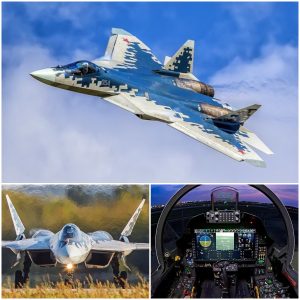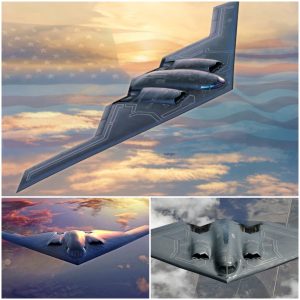Unveiling the Achilles’ Heel of the Ultimate Sky Predator: The F-16 Fighter Jet
In the realm of aerial combat, few machines command as much respect and fear as the F-16 fighter jet. Known for its agility, speed, and versatility, the F-16 has long been hailed as the epitome of aerial dominance. However, beneath its formidable facade lies a vulnerability that has become increasingly apparent in modern warfare.
The F-16, developed by Lockheed Martin, entered service with the United States Air Force in the late 1970s and quickly gained a reputation for its exceptional performance in air-to-air combat. With its advanced avionics, powerful engine, and sleek design, the F-16 was dubbed the “Viper” by its pilots, a fitting moniker for a machine that seemed to strike with deadly precision.


Video:
Yet, despite its prowess in the skies, the F-16 has a glaring weakness that has become more pronounced in the face of evolving threats: its relatively short range. Unlike larger fighter jets, such as the F-15 or the F-22, the F-16 lacks the fuel capacity to engage in long-range missions without frequent refueling. This limitation restricts its operational reach and leaves it vulnerable when operating in regions where air-to-air refueling is not readily available.
Furthermore, advancements in radar and surface-to-air missile technology have further exposed the F-16’s vulnerability. While its agility and speed make it a formidable opponent in dogfights, the F-16 is susceptible to detection by modern radar systems, increasing the risk of engagement from beyond visual range. Additionally, the proliferation of advanced surface-to-air missile systems, such as the Russian-made S-400, poses a significant threat to the F-16, limiting its ability to operate in contested airspace.







